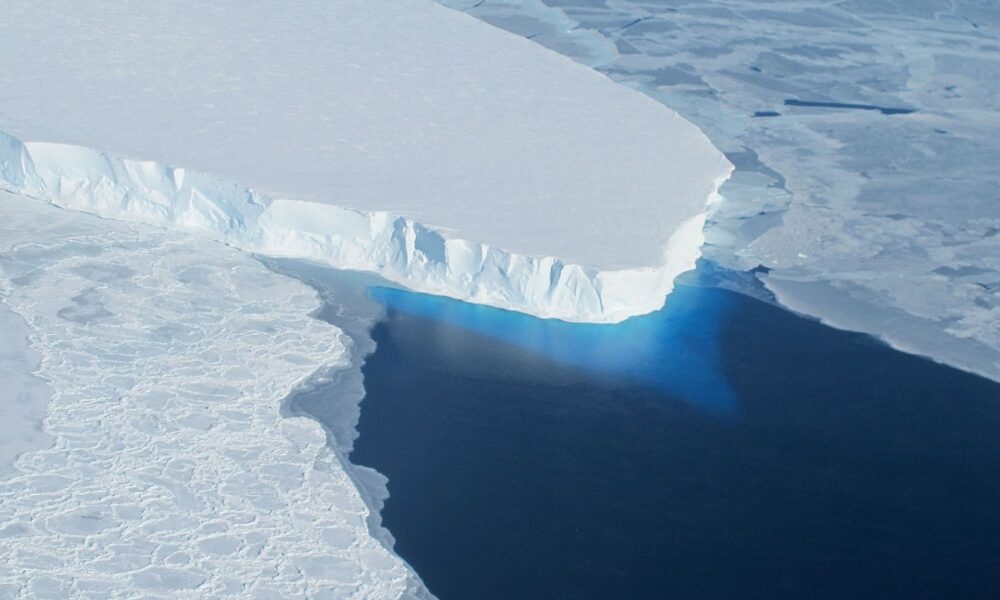Climate Change
Antarctica glacier melting means terrible news for global sea level rise

The Thwaites Glacier in Antarctica, also known as the Doomsday Glacier, is melting in unexpected ways that could lead to its rapid collapse, a new study has revealed.
Sometimes called the Doomsday Glacier as its collapse could destabilize other glaciers in West Antarctica and lead to a potential 3 meter rise in sea level, scientists.
Two teams of researchers have used an underwater robot and drilled deep holes into the Florida-sized Thwaites Glacier to study its melting patterns in unprecedented detail, Space.com reported.
The researchers from the International Thwaites Glacier Collaboration discovered that while the overall melting of ice is slower than expected, melting in cracks and crevasses and other vulnerable areas is proceeding much more rapidly.
“Our results are a surprise but the glacier is still in trouble,” British Antarctic Survey oceanographer and research team member Peter Davis, said in a statement.
Thwaites Glacier is located in West Antarctica and covers 192,000 square kilometers. One part of the glacier juts out into the ocean and holds back the rest of the ice-mass that lies on bedrock, thus preventing it from slipping from the land to the sea.
Because the Thwaites Glacier slopes down towards the sea, it is particularly susceptible to climate and ocean temperature changes that could lead to rapid and irreversible ice loss. The collapse of Thwaites would cause seawater levels and destabilize neighboring glaciers.
The new data provides a clearer picture of the changes taking place under Thwaites, revealing that ice in cracks across the glacier is melting quickly. Melting in cracks and crevasses is potentially dangerous because as water funnels through them, heat and salt can be transferred into the ice. This can result in the widening of these crevasses, causing large rifts in the ice shelf. Cracks and crevasses weren’t the only area of the shelf experiencing rapid melting, however.
The scientists also found that melting across the bottom of the ice shelf has created a staircase-like formation. In these staircase-shaped regions, called terraces, the ice of Thwaites is also melting rapidly.
The melting of ice in these terraces, cracks, and crevasses may become major factors in the loss of ice from Thwaites in the future, especially as major rifts progress across the ice shelf. This means these features may become the primary trigger for ice shelf collapse at Thwaites.



